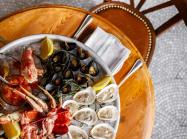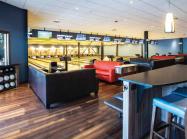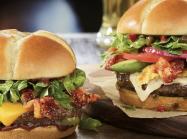“I’m a first-generation American, and because of that, I know the value of value,” says Tony Moralejo, who was named president of Applebee’s U.S. in January after serving at its parent company, Dine Brands, as president of international and global development for three years.
“I came to this country as an immigrant with my parents and my brothers, and I went through the same struggles that our guests are going through today with high cost and adjustments,” he continues. “And so whenever there's a period of uncertainty, guests lean to the brands that they trust, right? And Applebee's is a brand that they trust. And one of the reasons they trust us is because we are affordable, and we have a strong value proposition.”
Moralejo succeeded John Cywinski, who served as Applebee’s chief marketing officer in the early 2000s before returning in 2017 as president. Cywinski left his position in January to become CEO of Los Angeles-based Modern Restaurant Concepts, parent company of Qdoba, Lemonade, and Modern Market Eatery.
During his tenure at Applebee’s, Cywinski shuttered roughly 300 underperforming U.S. stores across five years. The time spent optimizing the system and closing low-volume restaurants paid off, and led to average unit volumes increasing by more than $500,000 in the same time period. In November 2022, Cywinski argued the chain was in its “glory years” and in a better position than ever before in the concept’s history. (When he joined in 2017, AUV was at $2.2 million.)
Value, value, value
During Dine Brands’ fourth quarter and 2022 full-year earnings call, Moralejo noted the importance of retaining Applebee’s value proposition. Though he predicts the chain will open more stores in 2023 than it did last year, it will still see a net loss of 10-20 outlets.
"It's not where we want to be in the future," Moralejo told investors. "Based on my experience across multiple global restaurant brands, the rate or the pace of development, it comes down to franchisees believing there’s an attractive value proposition."
Applebee’s same-store sales increased 1.7 percent in Q4, making it eight straight quarters of positive growth. It lapped the previous year's 9.1 percent increase versus the same period in 2019. Average weekly sales per restaurant in Q4 were $52,500, which is $2.73 million in annualized AUV. For the year, comps rose 5.1 percent.
For context: Applebee’s began trading publicly in 1989, and quickly became one of the largest casual-dining restaurant chains in the U.S. with an impressive ramp-up period. Applebee’s jumped from 250 stores in 1992 to more than 500 in 1994. By 1998, Applebee’s opened its 1,000th restaurant, and the following year hit a record of $2.35 billion in systemwide sales.
In 2007, IHOP (International House of Pancakes) Corporation announced it was acquiring Applebee’s for approximately $2.1 billion. After closing the deal, IHOP Corp., under DineEquity at the time, began franchising most of Applebee’s 500 company-owned locations with a plan to revitalize the chain, and was renamed to Dine Brands Global in 2018.
Prior to joining Dine Brands in 2020, Moralejo oversaw global development at Church’s Chicken in a variety of executive-level roles for nearly eight years. But he cut his teeth in the restaurant world at Burger King, where he began as a senior attorney in 1995 and eventually worked his way up to vice president and general manager of Latin America by 2016.
“I’m spent, wow, almost 30 years in franchising, and during those 30 years, I’ve learned a lot,” Moralejo says. “One of the things I’ve learned—and I call it one of the franchising truths, if you will—is that franchisors win when franchisees succeed. And when that shared enterprise works, the guest wins.”


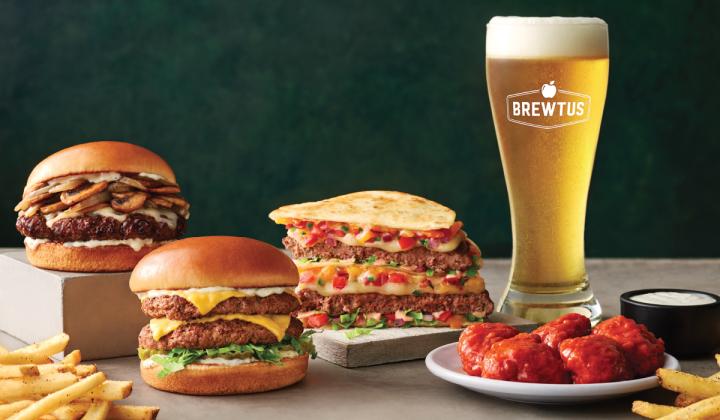

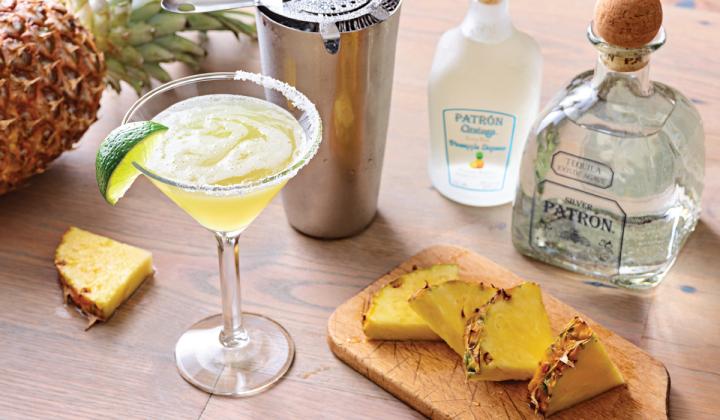
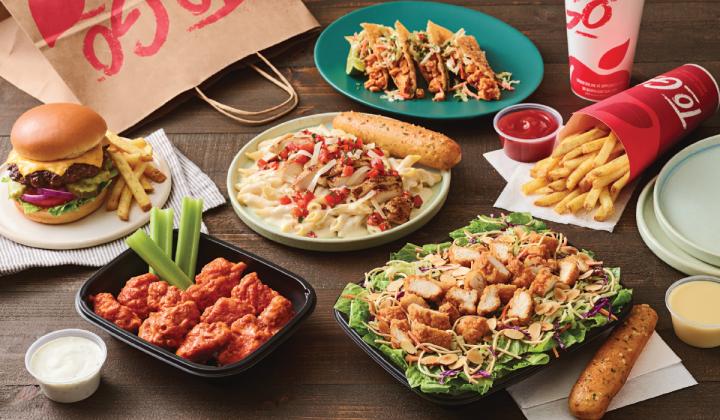
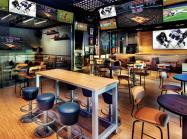
%20(1)_099fe.png)

